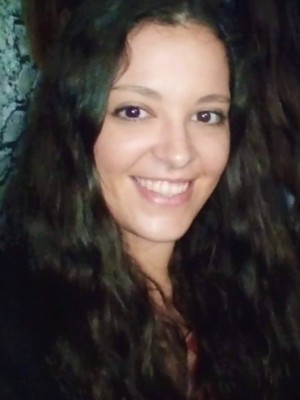abstract
Microorganisms, usually bacteria and fungi, grow and spread in skin wounds, causing infections. These infections trigger the immune system and cause inflammation and tissue damage within the skin or wound, slowing down the healing process. The use of photodynamic therapy (PDT) to eradicate microorganisms has been regarded as a promising alternative to anti-infective therapies, such as those based on antibiotics, and more recently, is being considered for skin wound-healing, namely for infected wounds. Among the several molecules exploited as photosensitizers (PS), porphyrinoids exhibit suitable features for achieving those goals efficiently. The capability that these macrocycles display to generate reactive oxygen species (ROS) gives a significant contribution to the regenerative process. ROS are responsible for avoiding the development of infections by inactivating microorganisms such as bacteria but also by promoting cell proliferation through the activation of stem cells which regulates inflammatory factors and collagen remodeling. The PS can act solo or combined with several materials, such as polymers, hydrogels, nanotubes, or metal-organic frameworks (MOF), keeping both the microbial photoinactivation and healing/regenerative processes' effectiveness. This review highlights the developments on the combination of PDT approach and skin wound healing using natural and synthetic porphyrinoids, such as porphyrins, chlorins and phthalocyanines, as PS, as well as the prodrug 5-aminolevulinic acid (5-ALA), the natural precursor of protoporphyrin-IX (PP-IX).
keywords
ANTIMICROBIAL PHOTODYNAMIC THERAPY; RESISTANT STAPHYLOCOCCUS-AUREUS; TETRAPYRROLIC MACROCYCLES; ANTIBACTERIAL ACTIVITY; EXPERIMENTAL-MODEL; ACTINIC CHEILITIS; OXYGEN REDUCTION; MOUSE SKIN; IN-VIVO; INFECTIONS
subject category
Biochemistry & Molecular Biology; Chemistry, Multidisciplinary
authors
Vallejo, MCS; Moura, NMM; Gomes, ATPC; Joaquinito, ASM; Faustino, MAF; Almeida, A; Goncalves, I; Serra, VV; Neves, MGPMS
our authors
acknowledgements
The authors are grateful to the University of Aveiro and Fundacao para a Ciencia e a Tecnologia (FCT) for the financial support of LAQV-REQUIMTE (UIDB/50006/2020), CICECO-Aveiro Institute of Materials (FCT Ref. UIDB/50011/2020 and UIDP/50011/2020) and CESAM (UIDP/50017/2020+UIDB/50017/2020). Our thanks are also due to the projects THERMIC (PTDC/QUI-COL/29379/2017) and PREVINE (FCT-PTDC/ASPPES/29576/2017) for the financial support through national funds and, where applicable, co-financing by the FEDER, within the PT2020 Partnership Agreement, as well as to the Portuguese NMR Network. The research contract of N.M.M. Moura (REF. 048-88-ARH/2018) is funded by national funds (OE), through FCT, in the scope of the framework contract foreseen in Numbers 4, 5 and 6 of Article 23 of the Decree-Law 57/2016, of August 29, changed by Law 57/2017, of July 19. Additionally, FCT is thanked for the Individual Call to Scientific Employment Stimulus (IG, CEECIND/00430/2017).




